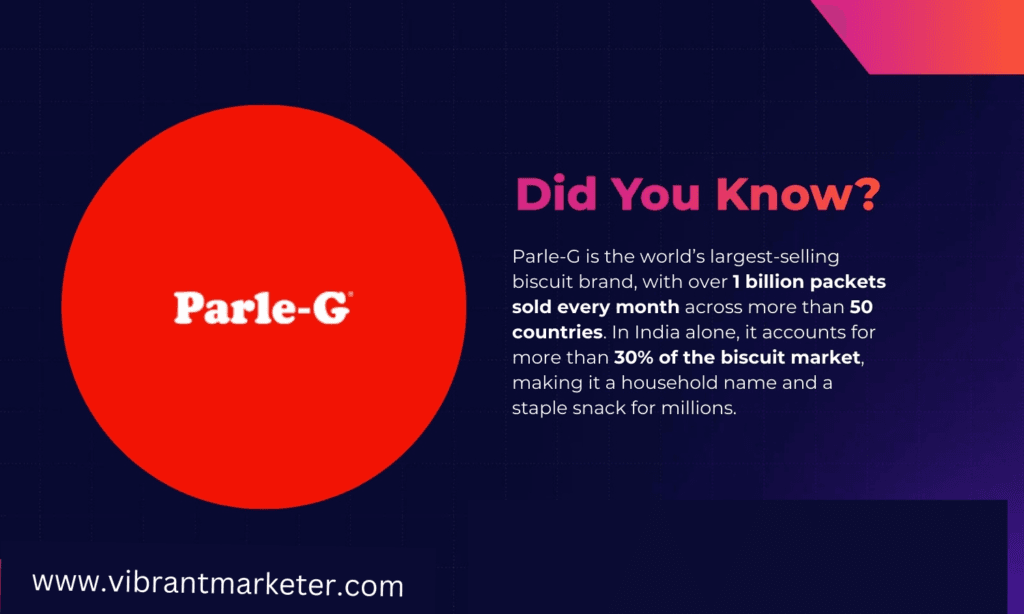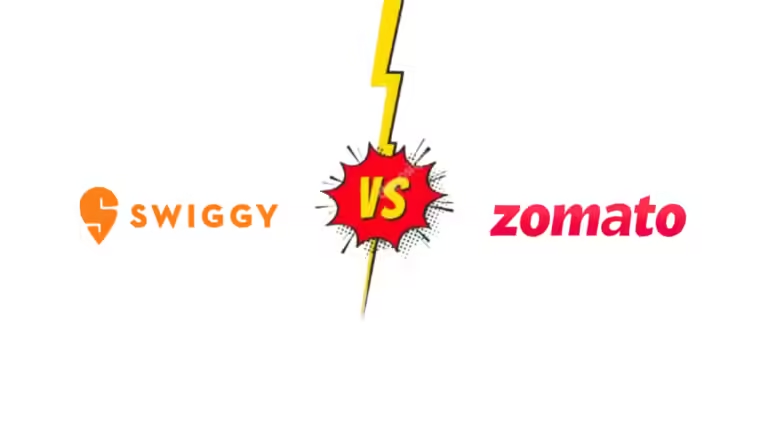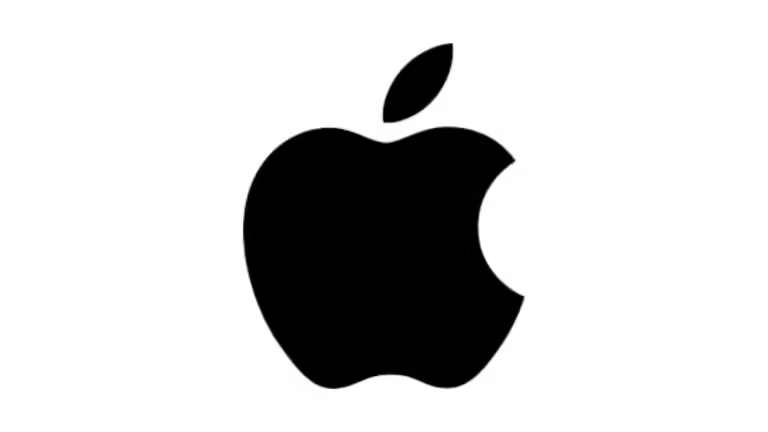Parle-G’s Masterstroke of ‘Shrinkflation’ – The ₹5 Miracle


1. The Power of Consistent Pricing
For 25 years, from 1994 to 2021, Parle-G biscuits were sold at ₹4, a price that stayed unchanged despite inflation, rising costs of raw materials, and other market challenges. The simplicity of this pricing made Parle-G an affordable, everyday snack for millions across India. But, in 2021, the company raised the price by ₹1, bringing it to ₹5.
- 1994-2021 Price: ₹4
- 2021 Price Hike: ₹5
Despite the hike, the price remained affordable compared to other premium biscuits in the market. The small increase did not drastically affect its consumer base, thanks to the brand’s deep-rooted loyalty among Indian households.
2. The Magic Behind Shrinkflation
To maintain its price point for such a long period, Parle-G adopted a strategy called shrinkflation. Shrinkflation involves reducing the size of the product rather than increasing the price. This allowed Parle-G to keep costs in check while ensuring that the price on the packaging remained attractive to consumers.
- Shrinkflation Explained: Over the years, the biscuit sizes gradually decreased, but the price tag stayed the same. Consumers didn’t feel the impact of inflation because the product appeared unchanged.
- Consumer Perception: Shrinkflation is a subtle way of managing inflation without raising consumer awareness. Parle-G’s loyal customers did not feel cheated because the pricing remained constant, preserving the brand’s integrity and trust.
3. Cost Management and Operational Efficiency
To make shrinkflation successful, Parle-G likely made significant improvements in its operational efficiency. These improvements helped the company manage the rising costs of raw materials while maintaining the product’s affordability. Some of the ways Parle-G might have optimized costs include:
- Production Efficiency: Streamlining manufacturing processes likely reduced costs in labor, energy, and packaging materials. These savings allowed Parle-G to offset the rising costs of ingredients such as flour, sugar, and oil.
- Bulk Purchasing: Parle-G likely benefited from economies of scale by purchasing raw materials in bulk, further reducing costs per unit.
- Packaging Optimization: The company may have reduced packaging costs by using more cost-effective materials or packaging sizes that still conveyed the same value to the consumer.
By improving internal processes, Parle-G made it possible to retain the ₹4 price for decades, despite inflation.
4. Psychological Pricing and Brand Loyalty

One of Parle-G’s biggest strengths has been its psychological pricing strategy. While many companies fear price hikes will drive away customers, Parle-G’s decision to maintain ₹4 for 25 years was a brilliant tactic to build consumer trust. The predictable, low price created an emotional connection with consumers, reinforcing Parle-G’s image as a family-friendly, affordable brand.
- Psychological Pricing: The ₹4 price point was a mental anchor for consumers. When the price was raised to ₹5 in 2021, it was only a slight increase, making it easier for consumers to accept.
- Brand Loyalty: Parle-G’s pricing strategy was part of a larger commitment to its audience, making it one of the most trusted and recognizable brands in India. Consumers knew they could rely on Parle-G for affordable, everyday biscuits, making it an essential part of their lives.
5. Parle-G’s Market Position and Everlasting Appeal
Despite the subtle changes made to its product over the years, Parle-G’s popularity and market dominance remain largely unchanged. In fact, its approach of “shrinkflation” reinforced the brand’s connection with consumers, making it a trusted name in Indian households.
- Market Position: Even with the price hike in 2021, Parle-G continues to lead India’s biscuit market, often outpacing competitors in both sales and market share. It remains the top choice for millions of families who trust the brand.
- Consumer Love: The brand’s ability to adapt to economic pressures without alienating its customer base speaks to its strong understanding of consumer behavior and loyalty.
- Generational Appeal: Parle-G has remained a part of Indian culture for decades. Its price, packaging, and taste are part of the fabric of everyday life in India, making it a brand passed down through generations.
6. The Secret to Parle-G’s Success: Innovation Without Compromise
What makes Parle-G’s story truly remarkable is the blend of innovation and cost management. The company was able to innovate within the constraints of inflation and rising costs, creating a sustainable pricing model that worked for the long term.
- Innovation in Product Size: The shrinkflation strategy allowed Parle-G to keep the price low while innovating behind the scenes to ensure operational efficiency.
- Consumer Trust: Parle-G’s strategy was not only about cost management; it was about retaining trust. By not increasing the price for 25 years, Parle-G showcased a commitment to providing value for money, something that resonated deeply with consumers.
7. Key Takeaways from Parle-G’s Shrinkflation Strategy
- Adaptability: Parle-G’s ability to adapt its product size and pricing while maintaining brand integrity is a key lesson in business strategy.
- Consumer-Centric Approach: The focus on consumer trust and loyalty helped Parle-G maintain its status as a top-tier brand in India.
- Operational Efficiency: By optimizing production processes, Parle-G minimized costs and maintained affordability.
- Psychological Pricing: Parle-G used pricing as a tool to create an emotional connection with its customers, ensuring its longevity.
Conclusion
FAQs
Shrinkflation is a strategy where a company reduces the size or quantity of a product while maintaining its price, effectively passing on the cost increase to consumers without an overt price hike.
Parle-G subtly reduced the size of their biscuits over time while keeping the price at ₹4 for 25 years, allowing them to manage rising costs without changing the price on the package.
The consistent pricing built brand loyalty and trust, making Parle-G a staple in Indian households. It also served as psychological pricing, anchoring consumers to a perception of value.
The small increase to ₹5 was well-received due to the brand’s deep-rooted loyalty. Consumers continued to view Parle-G as affordable, maintaining its market dominance.
Through operational efficiencies like streamlining production, bulk purchasing of raw materials, and optimizing packaging to reduce costs.
Generally, consumers did not notice or object to the reduction in biscuit size since the price remained stable, showing the effectiveness of Parle-G’s strategy.
It demonstrates that consumers are more sensitive to price changes than to subtle reductions in product size, and that trust and brand loyalty can mitigate negative reactions to such changes.
Parle-G has maintained its leading position in the Indian biscuit market, with its strategies contributing to both sales volume and market share stability.
While it worked for Parle-G due to its strong brand loyalty and market understanding, it requires careful implementation as consumer awareness and acceptance can vary by product and brand.
Ethically, shrinkflation can be seen as deceptive if not transparently communicated. However, Parle-G’s approach seems to have been accepted because it was done subtly over many years, aligning with consumer expectations of affordable pricing.
Share this post








Chiranjeev Jaiswal
Chiranjeev Jaiswal (M.B.A. and P.G.D.M.in Marketing from IM-BHU) launched "Vibrant Marketer" out of a deep passion for all things marketing. After years of working in the industry, he realized that marketing success isn’t about following the same playbook—it’s about staying ahead of the curve and thinking outside the box.



